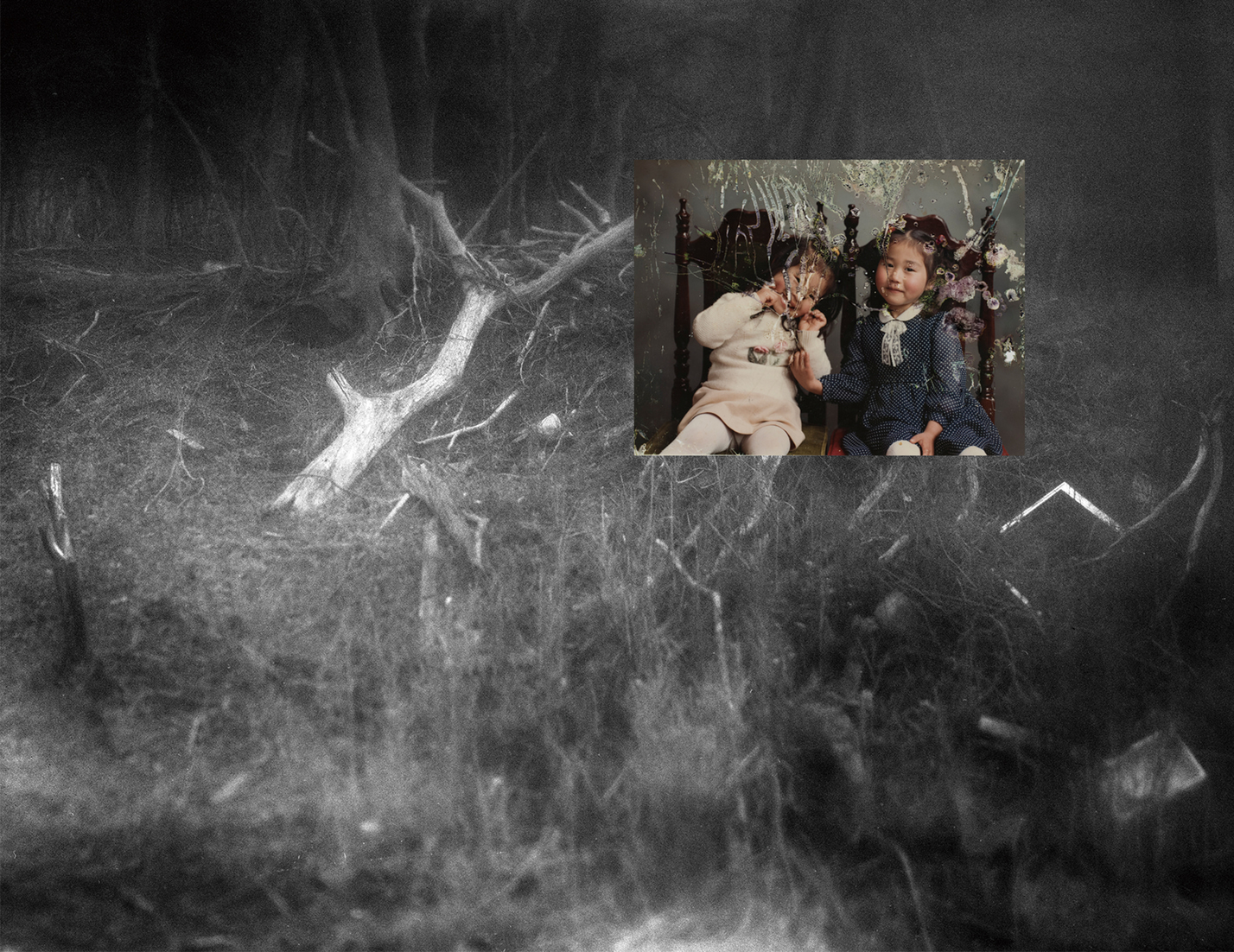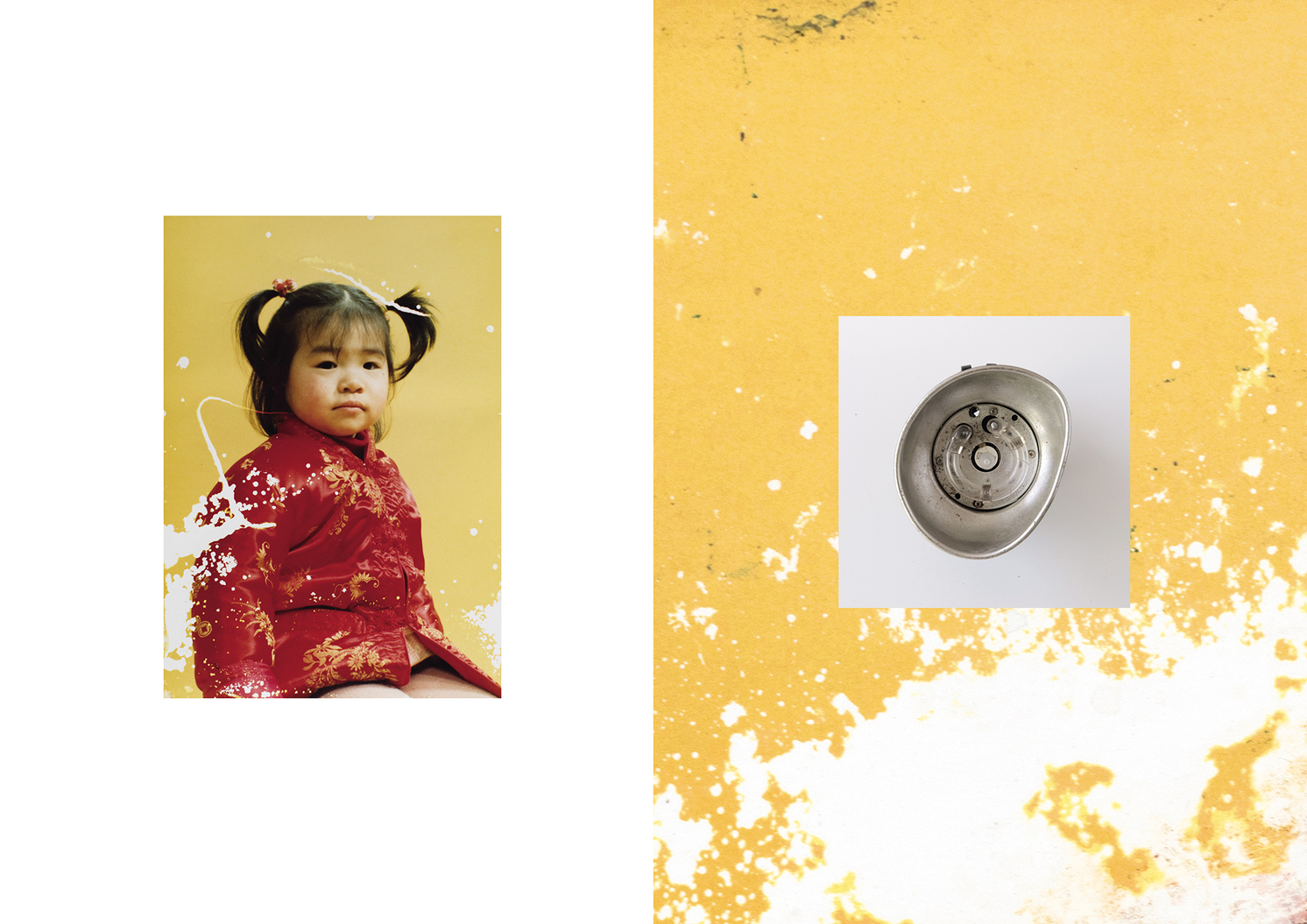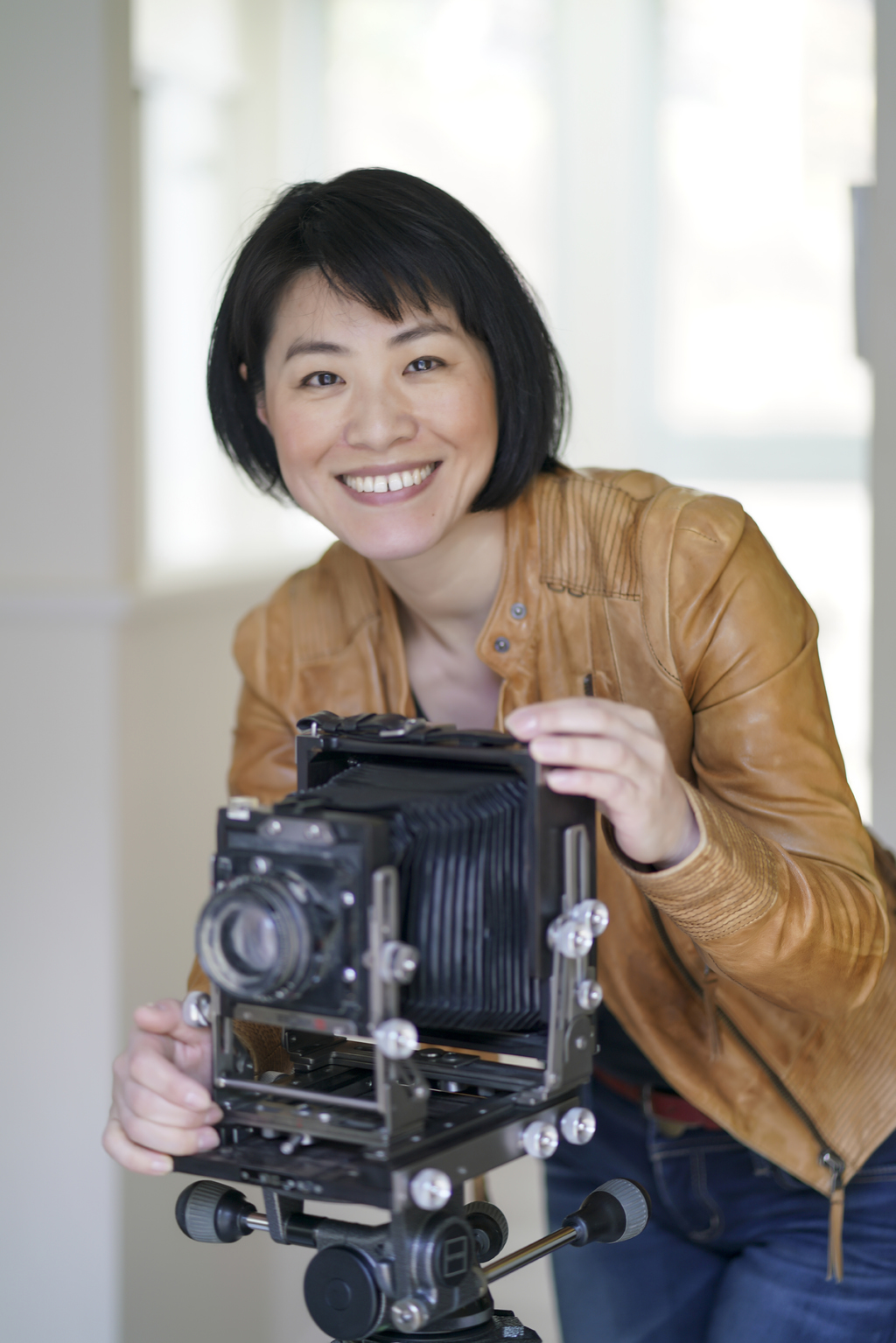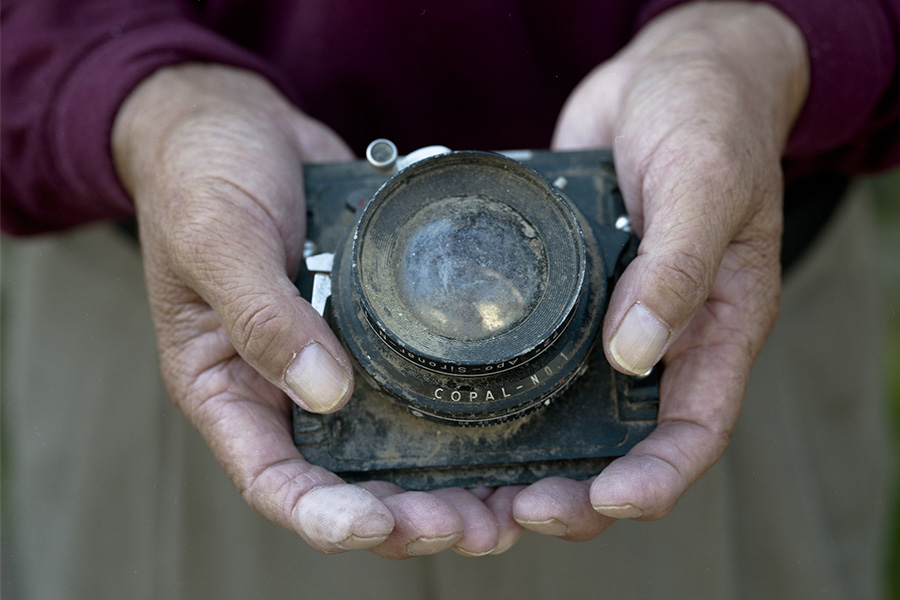Searching through the debris of her decimated neighborhood in Onagawa two weeks after the 2011 Tohoku Earthquake and Tsunami, Mayumi Suzuki discovered a mud-encrusted camera that she recognized immediately. It belonged to her late father Atsushi Sasaki who ran a photo studio in the area with his wife Katsuko. The couple tragically perished in the disaster and Suzuki felt the camera would make for a cherished family heirloom to remember them by. At the time, though, she saw it as nothing more than that.
“A few years later, my mentor Joerg Colberg suggested taking some shots using the lens,” Suzuki tells TW. “When I initially picked up the camera I thought it was beyond repair, but decided to give it a try anyway, taking a landscape photo. The image came out dark and blurry. It was as if I was connecting to another world, like I could somehow reach out to my parents.” That photo and the pictures she subsequently took using her father’s lens were then used for her award-winning book The Restoration Will, released in 2017. The publication also featured old family shots from a photo album that she found, like the camera, in the rubble near their house. Doubling up as a photo studio, the place had been destroyed except for the darkroom that was remarkably still standing.

“The photos in the album were stained and discolored which I felt reflected the damage that had been done to the town,” says Suzuki. “I decided to call the book Restoration Will as the main idea behind it was my desire to restore my father’s work. It’s not about looking back, but rather trying to show the kind of photos he would have taken if he were still alive.” It was Suzuki’s grandfather who first opened the photo studio back in 1930. Three years later he had to rebuild the place following a magnitude 8.4 earthquake and resulting tsunami that destroyed over 7,000 homes. Her father, who took over the business, had to deal with a similar situation three decades later when a magnitude 8.3 quake off the coast of Chile triggered a tsunami that reached Japan, killing 142 people in Tohoku.
Reconstructing the shop, he would go on to run it for the next five decades, assisted by his wife for most of that time. They focused on family portraits, weddings, graduations, newborn babies and various other celebratory pictures. As a child Suzuki was fascinated by the darkroom where her father worked his magic and hoped to one day take over the business. However, he thought it would be better if she spread her wings beyond Onagawa. And so she did, studying photography at Nihon University in Tokyo before moving to Canada where she worked as a wedding photographer for a year. She continued in the same profession after returning to Japan but eventually quit to take up more of a freelance position because she was tired of the long hours at marriage ceremonies.

At 2:46pm on March 11, 2011 Suzuki was at her home in Zushi, Kanagawa checking her Twitter feed when she suddenly saw reports of a huge earthquake in Ayukawa, a coastal town in Miyagi near Onagawa. Just as she was about to start searching for more information, her own room began shaking violently. “My husband said we need to escape yet I was too shocked to move,” recalls Suzuki. “I wanted to find out more about what was happening, but as the electricity was down, I decided to go out. After a while I tried to call my dad’s phone. Of course, there was no answer, so I sent a message saying get to a mountain. A couple of hours later I saw a clip of people trapped on a roof at Sendai Airport.” At that point Suzuki got it into her head that most of the citizens, including her parents, had listened to the warnings and got up to a high place. She eventually phoned her sister who was living in Sendai and assumed she would be hearing from her mom and dad soon after that.
A few days later she saw a picture of her town, including her damaged house in the Asahi Shimbun. Her sister, trying to survive at home without water and electricity, was able to get some gasoline for her car, which meant she could drive to Onagawa around a week after the disaster. “She visited some evacuation centers and finally got hold of some neighbors,” says Suzuki. “Local greengrocers who had a shop near my parents’ place told her they probably hadn’t escaped. According to their recollections, my father had hurried back to his car with the intention of driving up to the mountain. My mum was still inside the house and he was reportedly yelling ‘hayaku shiro’ (hurry up) and ’deteko’ (come out) at her. Upon hearing that we lost all hope.”
By the end of March 2011 some public transport to Tohoku was running again so Suzuki got a bus to Sendai to meet her sister. The pair then drove to Onagawa to try to retrieve some of their parents’ belongings. After that, she returned to the area once or twice a month to document how the town was progressing. “The situation was just too sad,” she says. “Dwelling on things wasn’t going to bring my parents back so I started to think if there was something positive I could do. Initially, I wanted to find out how people were doing and then I began taking pictures of survivors and buildings. I wanted to profile those people that were bravely doing everything they could to rebuild the place as well as their own lives.”

Onagawa was one of the worst-hit communities following the tragedy. The tsunami reached in excess of 15 meters and swept one kilometer inland, taking the lives of 827 people while also destroying more than 70 percent of the buildings in the town. One of the most famous stories from the area was that of Mitsuru Sato, a managing director of the fish processing company Sato Suisan, who gave his life to ensure that his firm’s workers survived. With many residents forced to flee, Onagawa’s population nearly halved in size. Despite all the difficulties it was one of the fastest recovering towns along the coast. Within days privately-owned construction machinery was used to clear roads and a wholesale fish market was relaunched just three weeks after the quake. In 2015, the town’s station reopened in a modern building featuring an integrated community center and a public bath that was designed by Pritzker Architecture Prize winner Shigeru Ban.
“I feel Onagawa is governed in a different way from places nearby,” opines Suzuki. “Take Ishinomaki for instance. It’s a big city that merged with other districts so you have many voices suggesting what should be done. It can therefore be a long time before decisions are made. Our town is like an independent country that’s cut off from other areas, so the process is faster.” Proud of the place, Suzuki tries to return whenever she can, though it has been difficult over the past 12 months due to the spread of Covid-19. The plan, once things get back to some semblance of normality, is to carry on documenting Onagawa’s progress while continuing to pay her respects to those who’ve gone before her.
“I can feel my father with me when I’m taking pictures, particularly when I’m beside the ocean,” she says. “I’m sure both he and mum are looking down at me. I just hope they are proud of what I’m doing.”
Find out more about Mayumi Suzuki’s work and her efforts to preserve memories of Onagawa on her website at www.mayumisuzuki.jp









